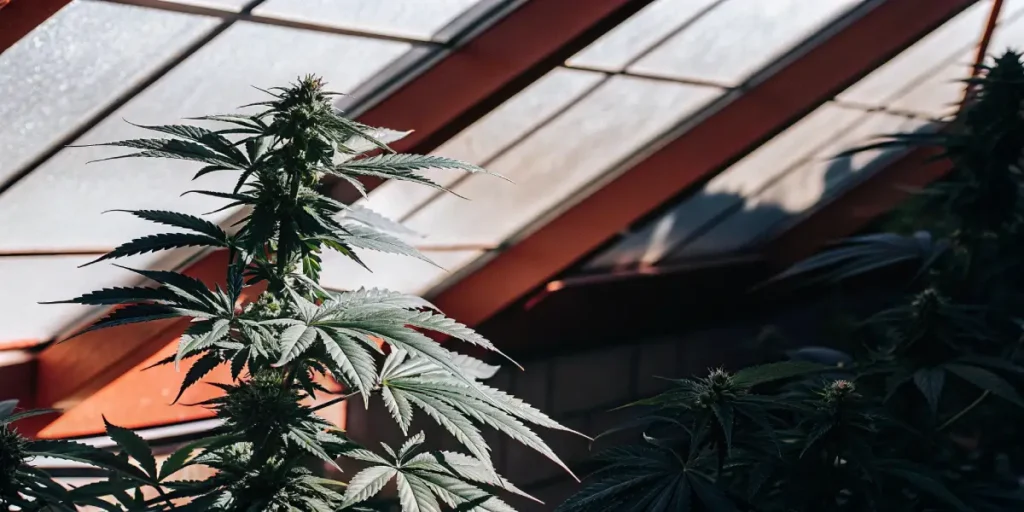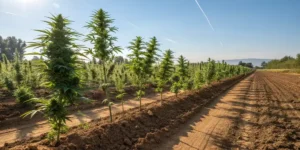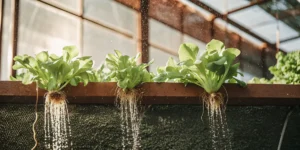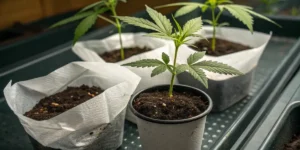Many growers find themselves pondering the question, “Can you top autoflowers?” The answer is yes, but with some nuances. Topping is a technique used on cannabis plants to encourage bushier growth by removing the top part of the plant. This method is commonly used on photoperiod plants, but it can be applied to autoflowers with careful consideration.
Autoflowering strains are unique because they automatically switch from vegetative growth to flowering based on age, rather than light cycles. This means time is of the essence when deciding if you can top autoflower marijuana plants. The best time to top autoflowers in the USA is during the early vegetative stage, around week three. This allows the plant to recover before it starts to flower.
For first-time cannabis seed buyers and experienced growers alike, knowing the nuances of topping autoflower plants is crucial. While topping can increase yields, it’s essential to weigh the benefits and risks. With the right approach, topping can enhance your autoflowering strains, turning them into high-yielding powerhouses.
Benefits of Topping Autoflowering Strains
When you top autoflower cannabis plants, you encourage them to grow bushier rather than taller. This can be particularly beneficial if you’re working with limited vertical space. By promoting lateral growth, you ensure that more of the plant is exposed to light, potentially increasing your yields.
Topping also helps create a more even canopy. This means that all parts of the plant receive equal light distribution, reducing the chance of lower buds being underdeveloped. For strains like Northern Lights from Global Green Genetics, such techniques can maximize the plant’s potential.
Another advantage of topping autoflowering strains is enhanced airflow through the plant’s structure. By distributing the growth horizontally, the plant becomes less dense, allowing air to circulate more freely. This can reduce the risk of mold and pests, contributing to healthier plants overall.
Additionally, topping can lead to more robust stem development. As the plant redirects its energy to lateral branches, these stems become stronger and more capable of supporting heavy buds. This structural integrity is essential for maintaining the plant’s stability throughout its lifecycle.
How to Top Autoflower Cannabis Plants
Step-by-Step Process
When deciding to top autoflowering strains, precision is key. Begin by selecting the main stem’s growth tip. This is the part where new leaves form. Using sterilized scissors or a blade, carefully cut just above the node. This is where the leaf branches out from the main stem.
Ensure your cut is clean. A jagged cut can lead to plant stress or infection. After topping, monitor the plant closely. The plant should begin to redistribute energy to the lower branches, promoting a bushier growth pattern.
To enhance your understanding of how to top autoflower cannabis plants, consider observing the plant’s response daily. Look for signs of new growth in the lateral branches, which indicates the plant is recovering well. This step is crucial for ensuring that your topping technique is effective.
Patience is essential in this process. While you may be eager to see results, it’s important to allow the plant ample time to adjust. This includes maintaining ideal growing conditions, such as appropriate lighting and nutrients, to support its recovery and subsequent growth.
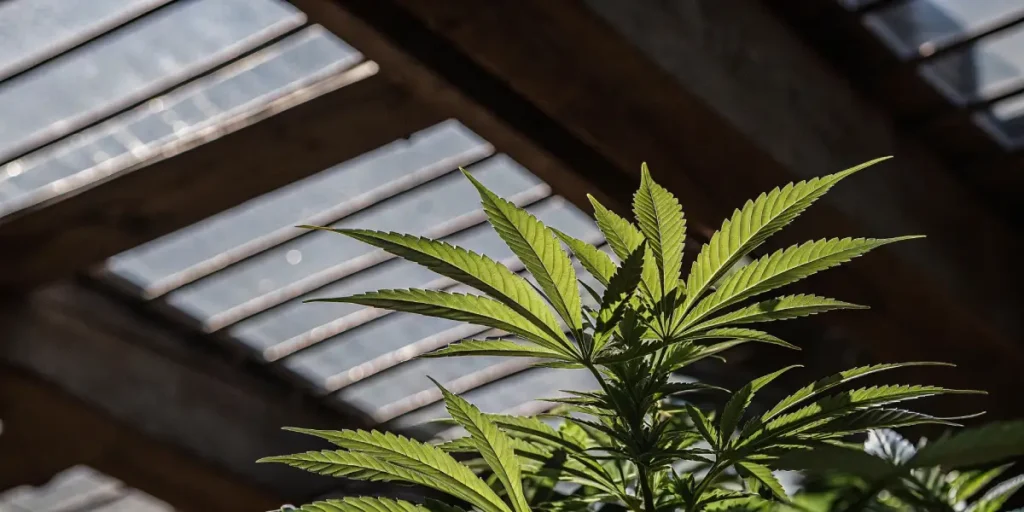
Timing and Frequency
The timing of topping is crucial. For autoflowers, the window is narrow. The best time to top autoflowers in the USA is during the early vegetative stage. Aim for around week three of growth. This gives the plant adequate time to recover before it starts flowering.
Avoid topping after this period. Once the plant begins to flower, any further stress can hinder its development. Remember, autoflowers have a predetermined life cycle. Delays can result in reduced yields or stunted growth.
Knowing the optimal timing for topping is vital for success. Too early, and the plant might not have developed enough to benefit from the technique. Too late, and the plant’s energy will be focused on flowering rather than recovery, which can impact yields negatively.
It’s also important to consider the plant’s overall health before topping. If the plant shows signs of stress or nutrient deficiencies, it may not respond well to topping. Ensuring that the plant is strong and healthy can increase the chances of successful recovery and growth.
Real-Life Examples
Imagine growing in a small indoor space. Your autoflowering plant has limited height to work with. By topping, you can control its vertical growth. This method has been successfully used by many growers who want to maximize their small grow tents.
Another scenario is when growing multiple plants in a confined area. Topping ensures that each plant has equal access to light, reducing competition. This is especially beneficial for those cultivating a variety of strains simultaneously.
Consider the case of urban growers who may be cultivating on balconies or rooftops. Topping allows them to maintain a discreet garden while maximizing their yield. This is a practical application of the benefits of topping autoflowering strains in limited spaces.
In addition, those who practice topping often find that it simplifies the process of training their plants. By establishing a uniform canopy, growers can more easily manage their plants’ growth and ensure that each receives adequate light and nutrients.
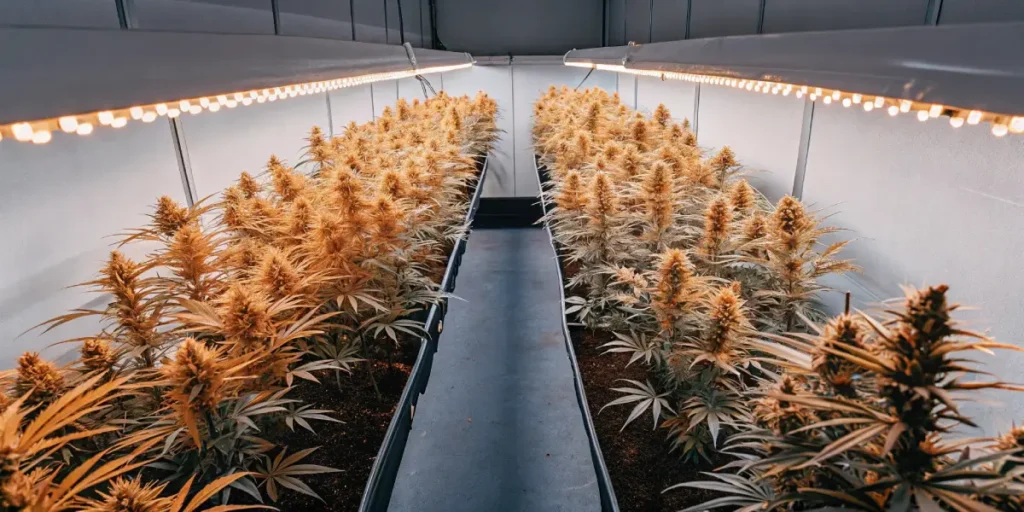
FAQs
What is topping, and why do it?
Topping is a technique where the top part of a cannabis plant is removed to promote bushier growth. By doing this, you allow the plant to focus its energy on producing more branches and buds. It’s a popular method to increase yields, especially in limited spaces.
This technique is not just for photoperiod plants. Many autoflower growers find it beneficial too. When done correctly, topping can lead to a more robust plant with a higher yield, especially for strains like White Widow.
Additionally, topping can contribute to better light penetration throughout the plant. By encouraging horizontal rather than vertical growth, more buds are exposed to optimal lighting conditions, which can enhance their development and potency.
Moreover, topping can make the plant more manageable in terms of maintenance and care. With a more uniform shape, it’s easier to prune, water, and inspect the plant, ensuring it remains healthy and vigorous throughout its growth cycle.
Can you top autoflower marijuana plants without harming them?
Yes, you can top autoflower marijuana plants, but it requires careful timing and technique. The key is to do it early in the plant’s life cycle, ideally around the third week. This ensures the plant has enough time to recover before it begins to flower.
It’s also essential to use clean tools and make precise cuts. This minimizes stress and the risk of infection. With practice, topping can become a seamless part of your growing routine, enhancing your plant’s growth and yield.
By following a topping autoflower plants step by step approach, you can minimize the risks involved. Each step, from selecting the right node to making a clean cut, contributes to the plant’s ability to bounce back quickly and thrive.
Furthermore, observing the plant’s response after topping is crucial. Look for signs of new growth and vigor, which indicate that the plant has adjusted well and is on track to produce a bountiful harvest.
What are the risks of topping autoflowers?
The primary risk of topping autoflowers is stress. Autoflowers have a short life cycle, and excessive stress can stunt growth or reduce yields. Timing is crucial; topping too late can hinder the plant’s ability to recover.
Using improper tools or making jagged cuts can also introduce pathogens, leading to plant diseases. Always ensure your tools are sterilized and your cuts are clean to avoid these issues.
Another risk includes potential nutrient imbalances that can occur if the plant is not properly cared for post-topping. Ensuring that the plant receives the right nutrients can help it recover and thrive after the procedure.
Finally, environmental factors such as humidity and temperature should be monitored closely after topping. Suboptimal conditions can exacerbate stress and hinder the plant’s ability to recover and produce optimally.
Are there specific strains that respond well to topping?
Some strains are more resilient to topping than others. Northern Lights, White Widow, and Blue Dream from Global Green Genetics are known for their robust nature and ability to handle topping well when done correctly.
These strains have been bred for their strength and adaptability, making them ideal candidates for topping. However, always research the specific strain to understand its characteristics and how it might respond to different training techniques.
It’s also beneficial to consult other growers or online forums to gather insights on how specific strains respond to topping. This can provide valuable information and tips that can be applied to your own growing practices.
Understanding the genetic background of a strain can also offer clues about its potential response to topping. Strains with a history of robust growth and resilience are often suitable for such training techniques.
How does topping affect the yield of autoflowers?
Topping can significantly enhance the yield of autoflowers by promoting a bushier growth pattern. This allows more bud sites to develop, increasing the overall yield. However, the increase in yield is contingent on proper timing and technique.
If done too late or improperly, topping can have the opposite effect, reducing the plant’s ability to produce flowers. Therefore, it’s essential to follow best practices and monitor the plant’s response closely to ensure a successful topping experience.
For growers wondering “Can you top autoflowers without affecting yield?”, the answer lies in the careful execution of the topping process. By adhering to guidelines and monitoring the plant’s health, yields can be optimized.
Besides to yield, topping can also impact the quality of the buds. By ensuring even light distribution and optimal growth conditions, the resulting flowers can be denser and more potent, enhancing the overall quality of the harvest.

